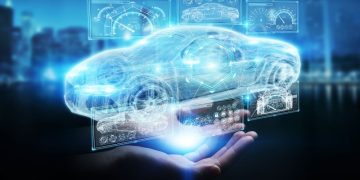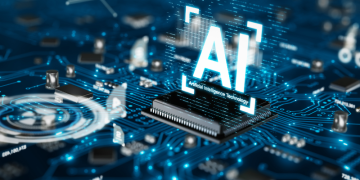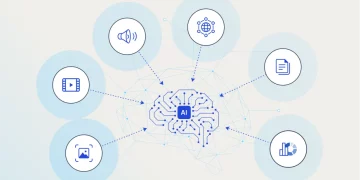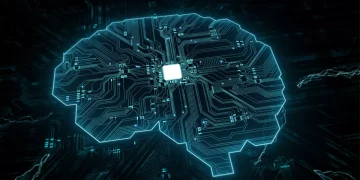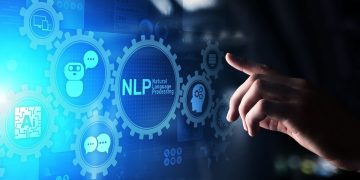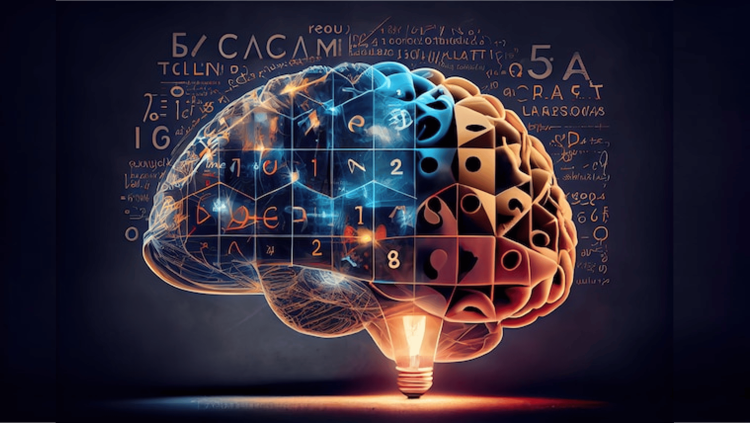Introduction: Beyond Transformers—A New Frontier for Deep Learning
Since the introduction of the Transformer architecture in 2017, deep learning has entered a phase of explosive growth. From GPT-series models to Gemini, Claude, and LLaMA, nearly all state-of-the-art AI systems rely on variants of Transformer-based architectures. However, as we reach the computational and scalability limits of current models, a fundamental question emerges in 2025: What comes after Transformers?
New architectural breakthroughs are being proposed to solve long-standing limitations in current deep learning paradigms—such as inefficiencies in long-range attention, context limitations, reasoning inflexibility, and training cost. These emerging designs don’t just offer incremental improvements—they threaten to redefine the foundational assumptions of how we build and train AI systems.
Below, we explore the most promising new deep learning architectures that may reshape the future of AI training.
1. State Space Models (SSMs): Rethinking Sequence Modeling
State Space Models are quickly becoming viable replacements for Transformers in specific use cases. Unlike attention-based methods, which require computing token-wise interactions, SSMs track information through latent “state transitions” across sequences.
Key innovations include:
- Mamba and Hyena, which offer sub-quadratic complexity and can handle sequences over hundreds of thousands of tokens.
- Efficient memory and runtime advantages, making them attractive for low-power inference and edge deployment.
- Competitive results in speech recognition, time-series prediction, and even natural language understanding—without attention.
Why it matters: SSMs eliminate the need for full-sequence attention, solving the quadratic bottleneck of Transformers and enabling faster, cheaper training on longer contexts.
2. Mixture-of-Experts (MoE): Sparse Activation at Scale
While current LLMs activate all their parameters during every forward pass, Mixture-of-Experts architectures choose a sparse subset of parameters, drastically improving efficiency.
Recent developments:
- Google’s Switch Transformer and DeepMind’s GShard inspired wide adoption of MoE layers in commercial-grade LLMs.
- Open-source frameworks like Grok-1 (from xAI) and Mixtral (from Mistral) have demonstrated that sparse models can outperform dense ones while using fewer compute resources.
- Dynamic routing algorithms are improving, making expert selection more accurate and stable during training.
Why it matters: MoE architectures make it possible to scale model capacity without linear increases in compute, unlocking new possibilities for real-time inference and larger models on limited hardware.
3. Memory-Augmented Networks: Persistent, Recallable Intelligence
Most current models operate statelessly—processing each prompt as if they’ve never seen it before. Memory-augmented architectures aim to give AI systems long-term memory capabilities.
Recent trends:
- OpenAI’s ChatGPT Memory and Anthropic’s Claude.ai memory systems allow persistent, user-specific memory across sessions.
- Research prototypes like Retentive Networks and Neural Turing Machines are being re-evaluated with modern hardware.
- Integrating external vector databases or contextual caches enables models to “recall” past interactions or facts.
Why it matters: Memory is a necessary step toward truly intelligent agents—those that learn over time, adapt to users, and evolve their behavior across sessions.
4. Modular and Composable Architectures: Building AI Like Software
Instead of relying on monolithic models, a new generation of modular systems allows various components—reasoning, retrieval, coding, perception—to be composed like building blocks.
Notable approaches:
- Meta’s Multi-Modal Modular (M³) models dynamically route inputs through specialized modules (e.g., vision, text, code).
- LangChain and LangGraph frameworks enable runtime composition of model functions, turning LLMs into tool-using agents.
- Projects like SKILL-MIX and Toolformer allow models to decide when to invoke search, calculators, or databases—on demand.
Why it matters: Modular AI enables more interpretable, reusable, and adaptable systems, which are easier to update, debug, and align.

5. Neurosymbolic Architectures: Bridging Deep Learning and Logical Reasoning
To address limitations in abstract reasoning, a new wave of neurosymbolic systems blends neural networks with symbolic logic engines.
Advances include:
- AlphaGeometry (DeepMind) solved complex Olympiad geometry problems by combining neural pattern recognition with symbolic solvers.
- OpenCog Hyperon and academic projects at MIT and Stanford explore graph-based memory and inference engines paired with neural perception.
- Reinforcement learning agents are being trained to invoke symbolic routines when neural confidence is low—improving safety and accuracy.
Why it matters: Neurosymbolic approaches offer better generalization, explainability, and controllability, especially in safety-critical applications like law, medicine, and engineering.
6. Continual and Online Learning Frameworks: Lifelong Adaptation
Most deep learning models still rely on offline, static training. Continual learning architectures aim to change that by allowing AI systems to learn incrementally over time—without catastrophic forgetting.
Key elements:
- Elastic Weight Consolidation (EWC) and Replay Buffers help models retain old knowledge while learning new tasks.
- Modular continual learners can dynamically expand their capacity, similar to the human brain forming new synapses.
- Open-source agents like Open Interpreter and AutoGPT now include long-term “scratchpads” or memory graphs to retain context across tasks.
Why it matters: This architecture shift is essential for autonomous agents, robotic systems, and AI copilots that need to evolve in real-world environments.
7. Energy-Efficient and Biologically Inspired Models
Some of the most radical architectural experiments are taking inspiration from neuroscience and physics to build more sustainable, efficient models:
- Spiking Neural Networks (SNNs) mimic the brain’s sparse firing patterns, offering low-power alternatives for edge AI.
- Liquid Neural Networks (MIT CSAIL) adapt their weights in real-time based on differential equations, making them highly responsive.
- FractalNet and HyperNetworks allow self-replicating or recursive structures that reduce training overhead.
Why it matters: These models may enable on-device AI at scale, particularly for wearables, AR/VR, robotics, and IoT scenarios where compute is limited.
8. Training Paradigm Shifts: Beyond Backpropagation
Architectural advances are also leading to reconsideration of how we train deep learning systems:
- Synthetic gradients and forward-forward algorithms are being tested to replace traditional backpropagation.
- Meta-learning and few-shot adaptation reduce the need for massive datasets.
- Population-based training and evolutionary algorithms are returning as scalable, architecture-agnostic alternatives to SGD.
Why it matters: New architectures demand new training methods, especially if we want to reduce compute costs, increase biological plausibility, or improve alignment safety.
Conclusion: The Future Is Architectural
2025 marks a turning point for deep learning. While scaling Transformers continues to yield gains, the era of architecture-driven innovation is now in full swing. From state space models to neurosymbolic hybrids, from sparse activations to lifelong memory, a wave of new designs is challenging the assumptions that have defined AI development since 2017.
The next generation of AI won’t just be bigger—it will be smarter, faster, more modular, and more human-aligned. And it will be built on architectures that look very different from what we’ve known.
The future of deep learning won’t be won by scale alone—it will be won by design.





